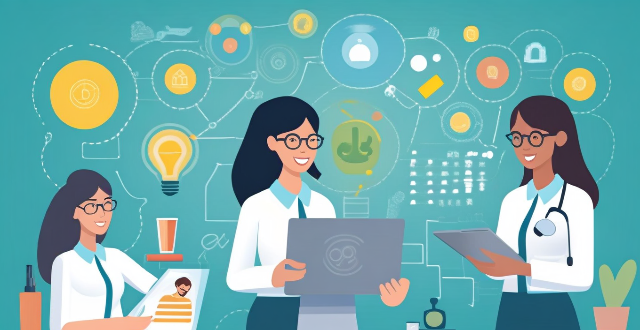Scientific literacy is crucial for individuals to understand and make informed decisions about the world around them. However, women in developing countries face numerous challenges in achieving scientific literacy due to various socio-economic and cultural factors. These include a lack of access to education, economic barriers such as poverty and limited job prospects, gender stereotypes and bias in teaching methods, family pressures and responsibilities like child marriage and household chores, inadequate infrastructure, and a technological divide. Overcoming these challenges requires concerted efforts from governments, educational institutions, NGOs, and communities to promote gender equality in science education. By addressing socio-economic barriers, changing cultural perceptions, improving infrastructure, and bridging technology gaps, we can create an environment where women can achieve scientific literacy and contribute fully to the advancement of science worldwide.

Challenges Women Face in Achieving Scientific Literacy in Developing Countries
Introduction
Scientific literacy is crucial for individuals to understand and make informed decisions about the world around them. However, women in developing countries face numerous challenges in achieving scientific literacy due to various socio-economic and cultural factors.
Socio-Economic Factors
Lack of Access to Education
- Lower Educational Attainment: Women in developing countries often have less access to education compared to men, which limits their exposure to scientific concepts and principles.
- Unequal Distribution of Resources: Schools may lack adequate facilities and resources, such as textbooks and laboratory equipment, making it difficult for women to learn science effectively.
Economic Barriers
- Poverty: Poverty can force girls to drop out of school early to support their families financially, reducing their opportunities for scientific education.
- Lack of Employment Opportunities: Limited job prospects in science fields discourage women from pursuing scientific careers, reducing their motivation to acquire scientific knowledge.
Cultural Factors
Gender Stereotypes and Bias
- Stereotyping: Society often stereotypes certain subjects as "male" or "female," with science being seen as a male domain, discouraging girls from participating actively in science classes.
- Biased Teaching Methods: Teachers may unconsciously favor male students when teaching science, resulting in female students receiving less attention and guidance.
Family Pressures and Responsibilities
- Child Marriage: Early marriage prevents young girls from continuing their education, including learning science subjects.
- Household Chores: Women are often responsible for household chores, leaving them with little time or energy for studying science.
Infrastructure and Technology Gaps
Inadequate Infrastructure
- Poor Internet Connectivity: Limited internet access hinders women's ability to access online resources and educational materials related to science.
- Insufficient Laboratories and Research Facilities: The lack of well-equipped laboratories and research facilities makes it challenging for women to conduct experiments and engage in hands-on learning experiences.
Technological Divide
- Digital Literacy Gap: Women may lack the necessary digital skills to navigate scientific databases and online learning platforms effectively.
- Unequal Access to Technology: Due to gender disparities, women may not have access to computers or smartphones needed for scientific research and collaboration.
Conclusion
Overcoming these challenges requires concerted efforts from governments, educational institutions, NGOs, and communities to promote gender equality in science education. By addressing socio-economic barriers, changing cultural perceptions, improving infrastructure, and bridging technology gaps, we can create an environment where women can achieve scientific literacy and contribute fully to the advancement of science worldwide.